Home>Furniture & Design>Bathroom Accessories>How To Install Bathroom Grab Bars
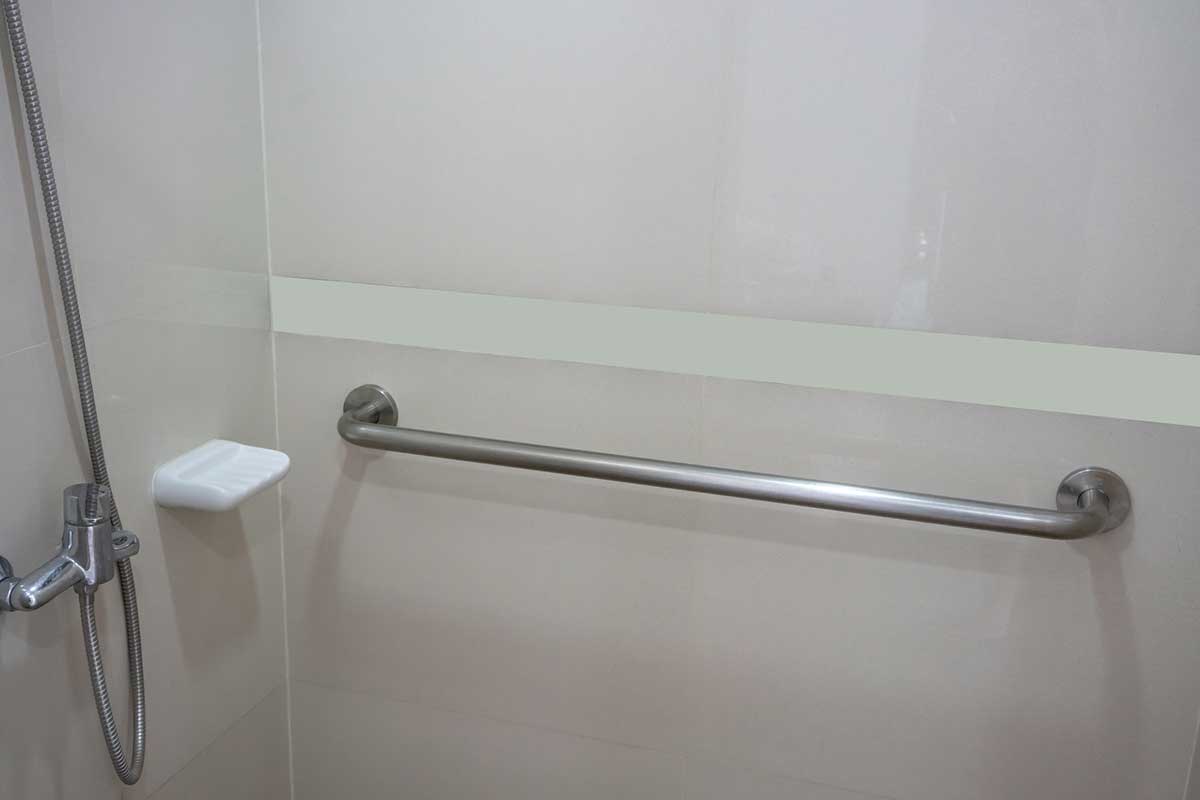

Bathroom Accessories
How To Install Bathroom Grab Bars
Modified: February 18, 2024
Learn how to properly install bathroom grab bars for safety and accessibility. Find step-by-step instructions and tips for installing bathroom accessories.
(Many of the links in this article redirect to a specific reviewed product. Your purchase of these products through affiliate links helps to generate commission for Storables.com, at no extra cost. Learn more)
Introduction
Installing grab bars in the bathroom is a crucial step in creating a safe and accessible space for people of all ages and abilities. These essential bathroom accessories provide stability and support, helping to prevent slips and falls, especially for seniors and individuals with mobility challenges. Whether you are looking to enhance safety for yourself, a family member, or a guest, understanding the process of installing grab bars is invaluable.
In this comprehensive guide, we will walk you through the step-by-step process of installing bathroom grab bars. By following these instructions, you can ensure that the grab bars are securely mounted, providing reliable support when needed. From determining the ideal placement to testing the stability of the installed grab bars, each step is essential in creating a safe and functional bathroom environment.
As we delve into the installation process, it's important to note that grab bars come in various styles, sizes, and materials, offering flexibility to suit different bathroom layouts and personal preferences. Whether you opt for sleek stainless steel grab bars or prefer the warmth of wooden accents, the installation principles remain consistent. With the right tools, materials, and a clear understanding of the installation process, you can successfully add grab bars to your bathroom with confidence.
By taking the time to install grab bars properly, you are not only enhancing safety but also contributing to the overall accessibility and comfort of your bathroom. Whether it's for added support while stepping in and out of the shower, or assistance when using the toilet, grab bars play a vital role in promoting independence and reducing the risk of accidents in the bathroom.
Now, let's embark on this journey of creating a safer bathroom environment by learning how to install grab bars effectively. With the right guidance and a willingness to prioritize safety, you can make a meaningful difference in the daily lives of those who rely on the accessibility and support provided by well-installed grab bars.
Key Takeaways:
- Properly installed bathroom grab bars enhance safety and accessibility for people of all ages and abilities. Strategic placement, accurate drilling, and secure attachment ensure reliable support in critical areas of the bathroom.
- By following the installation guide, you can create a safer and more accessible bathroom environment. Meticulous preparation, precise drilling, and stability testing lead to the successful integration of grab bars, promoting independence and reducing accidents.
Read more: How To Install Suction Grab Bars
Step 1: Determine the Placement of Grab Bars
The first and most crucial step in installing bathroom grab bars is determining the optimal placement for these essential safety features. Proper placement ensures that the grab bars provide maximum support and stability, catering to the specific needs of individuals using the bathroom. Whether it's for assisting with shower entry and exit, or providing support near the toilet, strategic placement is key.
Assessing User Needs
Before determining the placement of grab bars, it's important to consider the needs and preferences of the individuals who will be using the bathroom. For instance, if the grab bars are intended for an elderly person, it's essential to take into account their mobility and any specific areas where they may require additional support. Similarly, individuals with disabilities may have unique requirements that influence the placement of grab bars.
Identifying High-Risk Areas
Next, identify the high-risk areas within the bathroom where grab bars can offer the most benefit. Common locations include near the shower or bathtub, alongside the toilet, and close to the sink or vanity. These areas are prone to slips and falls, making them prime candidates for grab bar installation. By focusing on these key spots, you can effectively enhance safety and accessibility in the bathroom.
Considering Mounting Height
When determining the placement of grab bars, it's essential to consider the mounting height that best suits the needs of the users. For instance, grab bars near the toilet should be positioned at a height that allows for easy gripping and support when sitting down or standing up. Similarly, in the shower or bathtub, the grab bars should be installed at a height that facilitates safe entry and exit, catering to the specific requirements of the individuals using the space.
Read more: How To Install Grab Bars On Tile
Adhering to Accessibility Guidelines
In addition to user-specific considerations, it's important to adhere to accessibility guidelines and standards when determining the placement of grab bars. These guidelines offer valuable insights into the recommended locations and heights for grab bars, ensuring that they meet the necessary safety and accessibility requirements. By aligning with these guidelines, you can create a bathroom environment that prioritizes universal access and safety.
By carefully assessing user needs, identifying high-risk areas, considering mounting height, and adhering to accessibility guidelines, you can effectively determine the placement of grab bars in the bathroom. This thoughtful approach sets the stage for successful grab bar installation, laying the foundation for a safer and more accessible bathroom environment.
Step 2: Gather Necessary Tools and Materials
Before embarking on the installation of bathroom grab bars, it is essential to gather the necessary tools and materials to ensure a smooth and efficient process. Having the right equipment at hand not only streamlines the installation but also contributes to the overall stability and reliability of the grab bars once they are mounted.
Tools Required
-
Stud Finder: A stud finder is a vital tool for locating the wooden studs behind the bathroom walls. This is crucial for ensuring that the grab bars are securely anchored to the structural support of the wall, providing maximum stability.
-
Measuring Tape: Accurate measurements are key to determining the precise placement of the grab bars. A measuring tape allows for precise positioning, ensuring that the grab bars are installed at the optimal height and distance from other fixtures.
-
Pencil or Marker: Marking the locations for drilling and mounting the grab bars is essential. A pencil or marker enables you to clearly indicate the points where the grab bars will be installed, facilitating accurate drilling and attachment.
-
Drill and Drill Bits: A drill, along with appropriate drill bits, is necessary for creating the holes in the wall for mounting the grab bars. It is important to use the correct drill bit size based on the type of fasteners being used for mounting.
-
Screwdriver or Screw Gun: Depending on the type of fasteners used, a screwdriver or screw gun will be required for securely attaching the grab bars to the wall. This ensures that the grab bars are firmly anchored in place.
-
Level: A level is essential for ensuring that the grab bars are installed horizontally and vertically straight. This is crucial for both the aesthetics and functionality of the grab bars.
Materials Needed
-
Grab Bars: The primary material needed for the installation is, of course, the grab bars themselves. These are available in various lengths and styles to suit different preferences and requirements.
-
Mounting Hardware: Depending on the type of grab bars and the wall material, appropriate mounting hardware such as screws, anchors, or bolts will be required for securely attaching the grab bars to the wall.
-
Safety Gloves: When handling tools and materials, it is important to prioritize safety. Wearing safety gloves protects your hands and provides a better grip when using tools and handling the grab bars.
By ensuring that you have all the necessary tools and materials at your disposal, you can proceed with confidence, knowing that you are well-equipped to carry out the installation of bathroom grab bars effectively and efficiently. This preparation sets the stage for a successful installation process, ultimately contributing to a safer and more accessible bathroom environment.
Read more: Who Installs Grab Bars?
Step 3: Locate and Mark the Studs
Locating and marking the studs in the bathroom walls is a critical preparatory step before installing grab bars. The studs serve as the sturdy framework within the wall, providing the necessary support for securely anchoring the grab bars. By accurately identifying the position of the studs, you can ensure that the grab bars are mounted with utmost stability, capable of withstanding the weight and pressure exerted on them.
Using a Stud Finder
To begin the process, a stud finder is employed to detect the presence and location of the wooden studs behind the wall surface. Modern stud finders utilize advanced technology to identify changes in wall density, effectively pinpointing the position of the studs. When using the stud finder, it is important to move it methodically across the wall, allowing the device to indicate the edges and center of the studs. This precise detection is instrumental in determining the exact areas where the grab bars can be securely mounted.
Marking the Stud Locations
Once the studs have been located, marking their positions on the wall is essential for the subsequent drilling and mounting process. A pencil or marker is used to clearly indicate the edges and center of each stud, creating visible reference points for the installation. These markings serve as the guide for drilling the holes and aligning the grab bars with the studs, ensuring that the mounting hardware is secured directly into the sturdy framework of the wall.
Ensuring Accuracy and Precision
Accurate marking of the stud locations is crucial for the overall stability and reliability of the grab bars once they are installed. Careful attention to detail is necessary to avoid any errors in the positioning of the markings, as this directly impacts the effectiveness of the grab bar installation. Using a measuring tape to confirm the distances between the studs and other fixtures further enhances the precision of the markings, ensuring that the grab bars are aligned optimally within the bathroom space.
By meticulously locating and marking the studs, you establish a solid foundation for the subsequent steps in the installation process. This meticulous approach sets the stage for securely mounting the grab bars, ultimately contributing to a safer and more supportive bathroom environment for individuals of all ages and abilities.
Read more: Who Installs Handicap Grab Bars?
Step 4: Drill Holes for Mounting
With the studs accurately located and marked, the next crucial step in the installation of bathroom grab bars is to drill holes for mounting. This process involves creating the necessary openings in the wall to accommodate the mounting hardware, ensuring that the grab bars can be securely attached to the sturdy framework provided by the studs.
Selecting the Appropriate Drill Bit
Before commencing the drilling process, it is essential to select the appropriate drill bit based on the type of fasteners and mounting hardware being used. The size of the drill bit should correspond to the specifications of the fasteners, ensuring a precise fit and secure anchoring. Careful consideration of the drill bit size is crucial for creating holes that facilitate the optimal attachment of the grab bars.
Positioning for Drilling
Using the previously marked stud locations as a guide, the positioning for drilling the holes is carefully determined. It is imperative to ensure that the drill holes align accurately with the markings, allowing for seamless attachment of the grab bars. Employing a level to confirm the vertical alignment of the drill holes further enhances the precision of the drilling process, ensuring that the grab bars will be mounted in a straight and level manner.
Executing the Drilling Process
With the drill bit securely in place, the drilling process commences, with a focus on maintaining a steady and controlled approach. The drill is carefully maneuvered to create clean and precise holes in the wall, taking care to avoid unnecessary force that may cause damage to the surrounding area. The drilling process is repeated for each marked stud location, ensuring that the holes are uniformly positioned and accurately aligned for the mounting of the grab bars.
Read more: Where To Install Grab Bars In A Bathroom
Ensuring Clean and Smooth Openings
As the holes are drilled, attention is given to ensuring that the openings are clean and smooth, free from any debris or obstructions that may hinder the attachment of the grab bars. Clearing away any residual material from the drilling process is essential to facilitate the seamless insertion of the mounting hardware, ultimately contributing to the stability and reliability of the grab bar installation.
By meticulously drilling the holes for mounting, you pave the way for the secure attachment of the grab bars, leveraging the structural support provided by the studs within the wall. This meticulous approach sets the stage for the final phase of the installation process, bringing you closer to the successful integration of grab bars into your bathroom, enhancing safety and accessibility for all who utilize the space.
Step 5: Attach the Grab Bars
With the preparatory steps completed, it's time to proceed with the pivotal phase of attaching the grab bars to the bathroom walls. This step involves securely mounting the grab bars using the appropriate hardware, leveraging the structural support provided by the previously drilled holes and located studs.
Aligning the Grab Bars
Before attaching the grab bars, it's essential to ensure that they are aligned accurately with the drilled holes and the marked stud locations. This alignment is crucial for the seamless attachment of the grab bars, optimizing their stability and reliability once installed. Utilizing the markings as a guide, the grab bars are positioned meticulously, ensuring that they are level and securely anchored to the wall.
Securing the Mounting Hardware
The next phase involves securing the mounting hardware, such as screws or bolts, to firmly attach the grab bars to the wall. With the grab bars in position, the appropriate fasteners are inserted through the drilled holes, engaging with the sturdy framework of the studs. Employing a screwdriver or screw gun, the mounting hardware is tightened securely, ensuring that the grab bars are firmly anchored and capable of withstanding the intended weight and pressure.
Verifying Stability and Alignment
As the grab bars are attached, attention is given to verifying their stability and alignment. Utilizing a level to confirm that the grab bars are installed horizontally and vertically straight is essential for both the aesthetics and functionality of the installation. This meticulous verification process ensures that the grab bars are not only securely mounted but also visually aligned with the surrounding fixtures, contributing to a cohesive and professional installation.
Testing the Support and Load-Bearing Capacity
Once the grab bars are securely attached, a crucial step involves testing their support and load-bearing capacity. Applying gentle pressure to the grab bars allows for the assessment of their stability and reliability. This testing phase provides assurance that the grab bars are capable of providing the necessary support and assistance, catering to the diverse needs of individuals utilizing the bathroom.
By meticulously following the steps to attach the grab bars, you bring the installation process to its culmination, achieving the successful integration of these essential safety features into your bathroom. The securely mounted grab bars not only enhance safety and accessibility but also contribute to the overall functionality and comfort of the space, creating a supportive environment for individuals of all ages and abilities.
Step 6: Test the Stability
After the grab bars are securely attached to the bathroom walls, it is crucial to proceed with the essential step of testing their stability. This phase involves assessing the reliability and load-bearing capacity of the grab bars, ensuring that they can effectively provide the necessary support and assistance to individuals using the bathroom.
To begin the stability testing process, gentle yet deliberate pressure is applied to the grab bars, simulating real-life usage scenarios. This testing allows for the evaluation of the grab bars' ability to withstand weight and pressure, providing assurance that they can effectively support individuals when utilized for stability and balance.
As the grab bars undergo the stability testing, close attention is given to any signs of movement or instability. The grab bars should remain steadfast and secure, with no perceptible shifting or loosening from their mounted position. This meticulous assessment ensures that the grab bars are capable of fulfilling their intended purpose, offering reliable support and stability in critical areas of the bathroom.
In addition to assessing the physical stability of the grab bars, their overall alignment and aesthetic integration with the bathroom space are also considered. Utilizing a level to confirm that the grab bars are installed in a straight and level manner further enhances the verification process. This attention to detail ensures that the grab bars not only function effectively but also contribute to the cohesive and professional appearance of the bathroom environment.
Furthermore, the stability testing phase provides an opportunity to reaffirm the structural integrity of the grab bars' mounting. By verifying that the mounting hardware is securely fastened and that the grab bars are anchored to the studs with utmost stability, any potential concerns regarding the installation's reliability can be promptly addressed.
Ultimately, the stability testing phase serves as the final validation of the successful installation of the grab bars. By ensuring that they are stable, reliable, and aligned with the intended usage and aesthetic standards, this testing phase solidifies the contribution of the grab bars to a safer, more accessible, and supportive bathroom environment for all who utilize the space.
Conclusion
In conclusion, the installation of bathroom grab bars is a pivotal step in enhancing safety and accessibility within the bathroom environment. By following the comprehensive guide outlined in this article, individuals can effectively integrate these essential safety features, providing reliable support and stability for individuals of all ages and abilities.
The process begins with a meticulous assessment of user needs and high-risk areas, ensuring that the placement of grab bars caters to specific requirements and contributes to a safer bathroom environment. Adhering to accessibility guidelines further reinforces the thoughtful approach to grab bar placement, prioritizing universal access and safety.
Gathering the necessary tools and materials sets the stage for a smooth and efficient installation process. From stud finders and measuring tapes to grab bars and mounting hardware, the right equipment ensures that the installation is carried out with precision and reliability.
Locating and marking the studs, followed by drilling holes for mounting, establishes the foundational support for the grab bars. This preparatory phase is crucial for ensuring that the grab bars are securely anchored to the structural framework of the wall, capable of withstanding the intended weight and pressure.
The subsequent attachment of the grab bars, along with meticulous verification of their stability and alignment, solidifies their integration into the bathroom space. The testing phase serves as the final validation of the successful installation, affirming the reliability and load-bearing capacity of the grab bars.
By prioritizing safety, functionality, and aesthetic integration, the installation of bathroom grab bars contributes to a supportive and accessible environment for individuals utilizing the space. Whether it's for assisting with shower entry and exit, providing support near the toilet, or enhancing overall stability, grab bars play a vital role in promoting independence and reducing the risk of accidents in the bathroom.
In embracing the installation process outlined in this guide, individuals can make a meaningful difference in creating a safer and more accessible bathroom environment. The successful integration of grab bars not only enhances safety but also contributes to the overall functionality and comfort of the space, catering to the diverse needs of individuals and prioritizing their well-being.
Frequently Asked Questions about How To Install Bathroom Grab Bars
Was this page helpful?
At Storables.com, we guarantee accurate and reliable information. Our content, validated by Expert Board Contributors, is crafted following stringent Editorial Policies. We're committed to providing you with well-researched, expert-backed insights for all your informational needs.
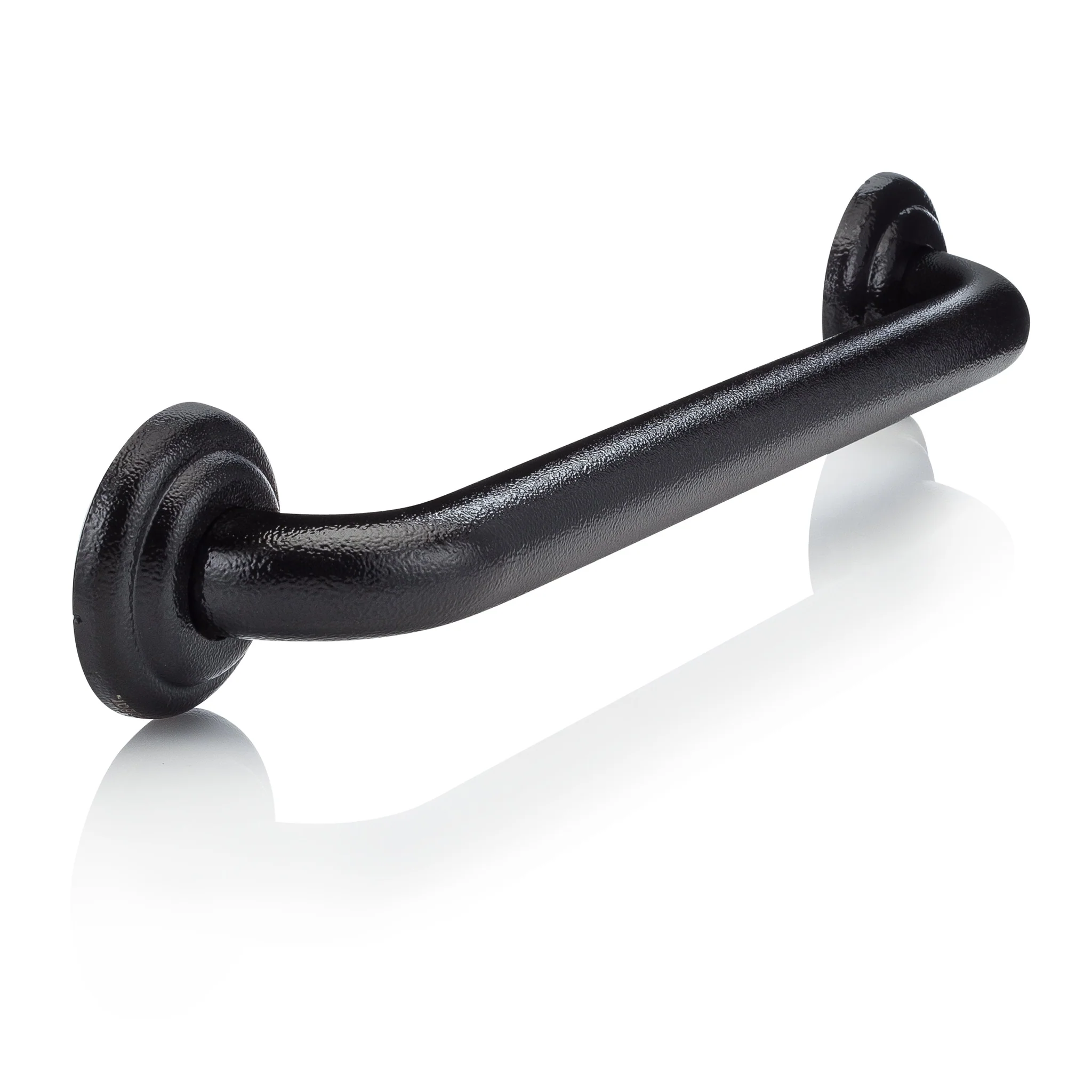
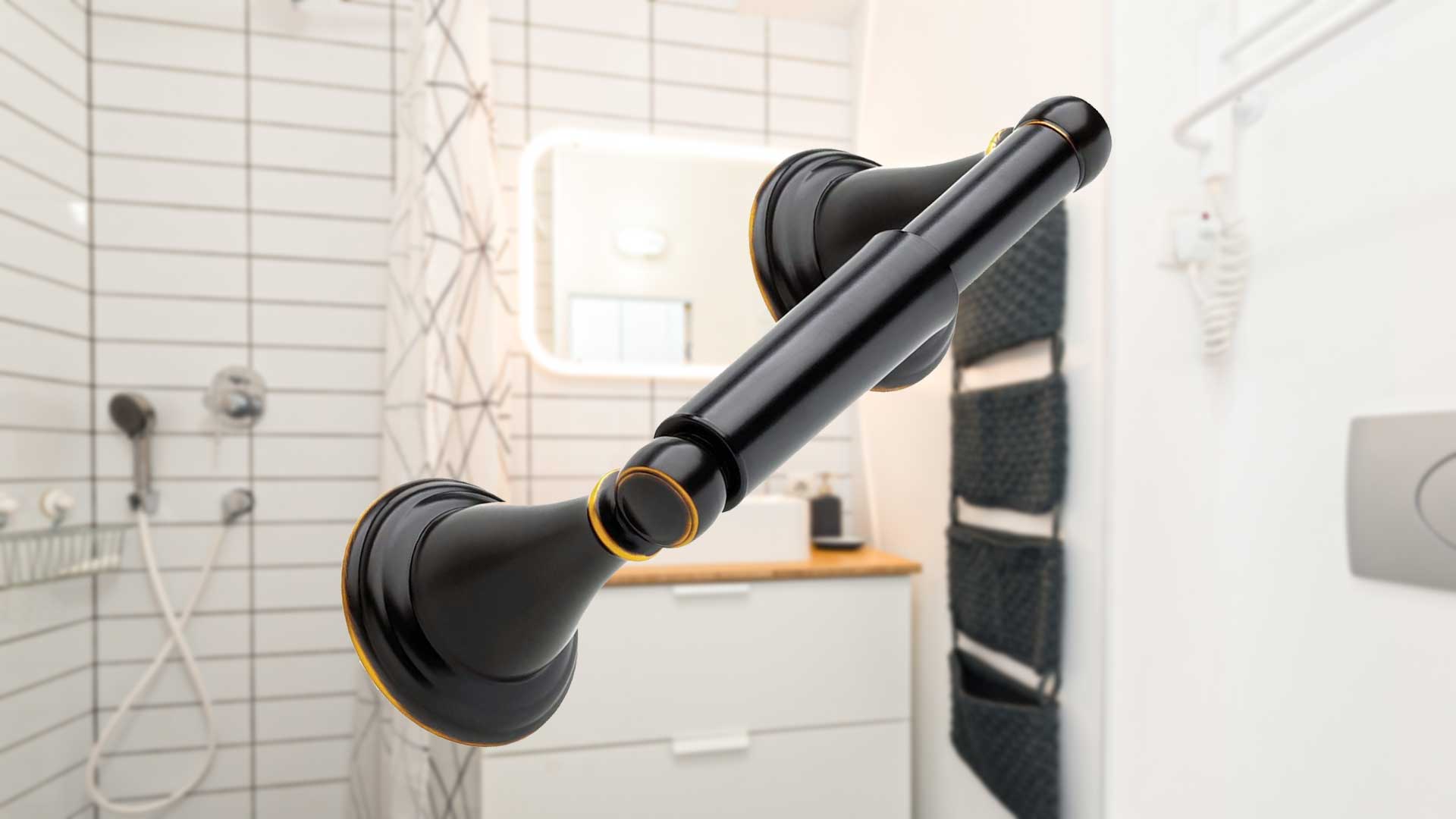
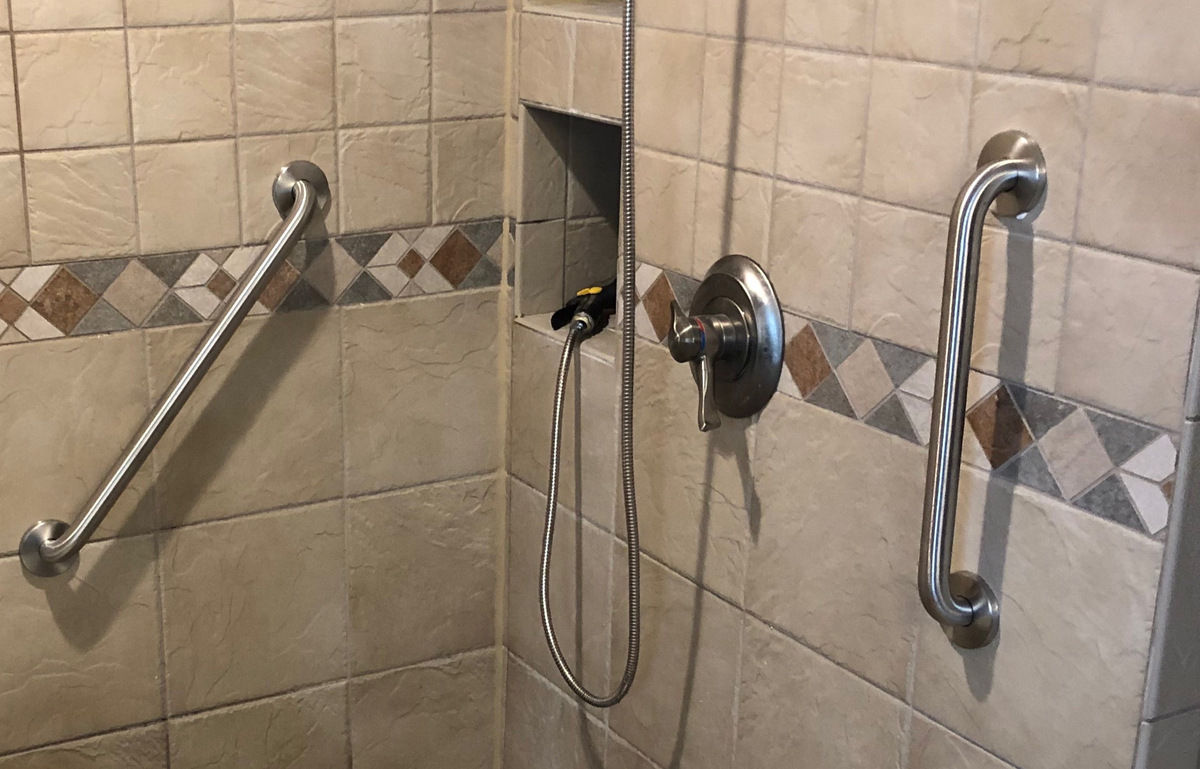
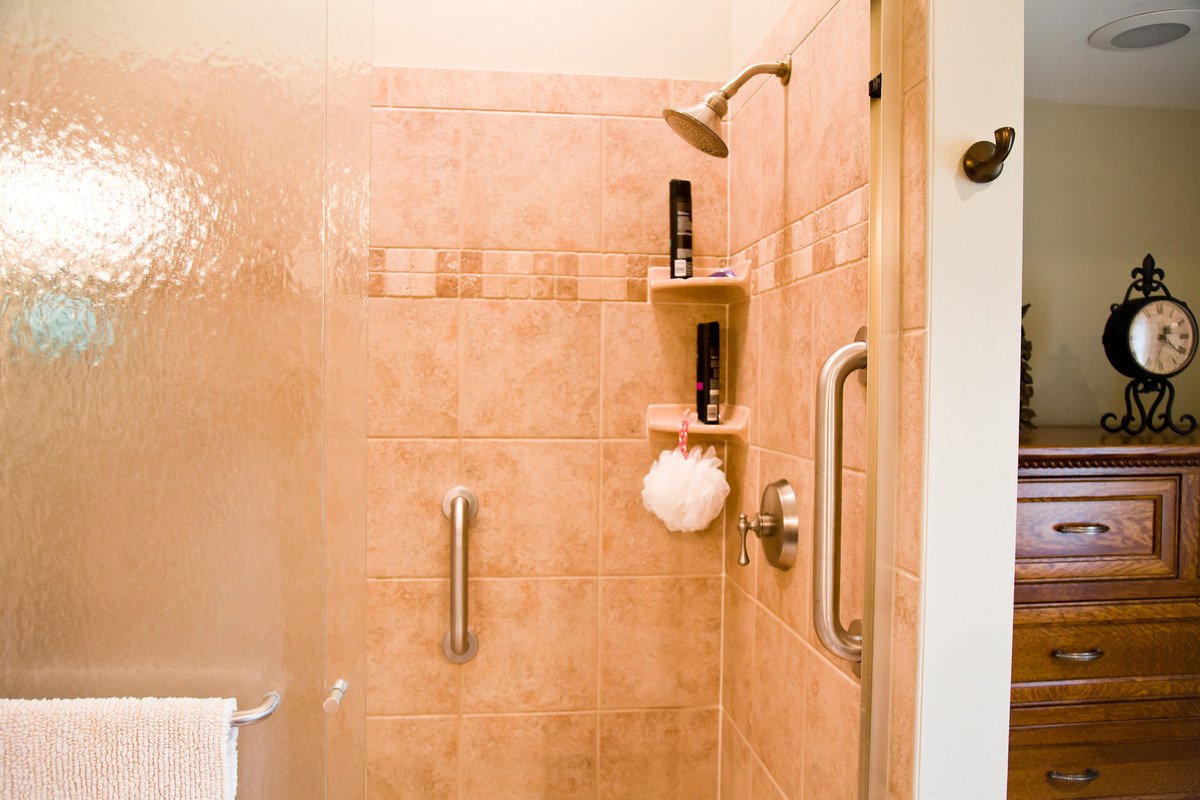
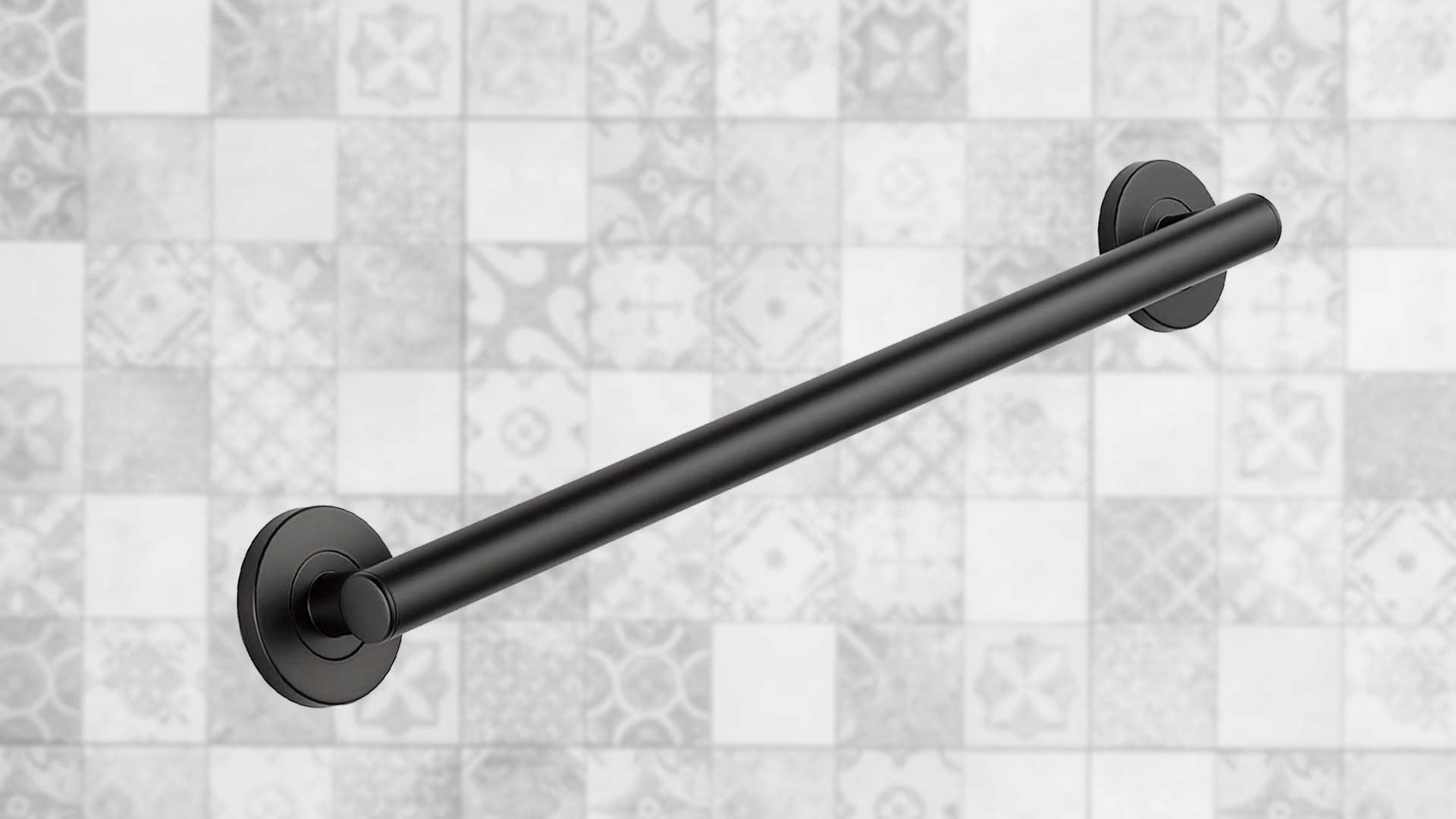
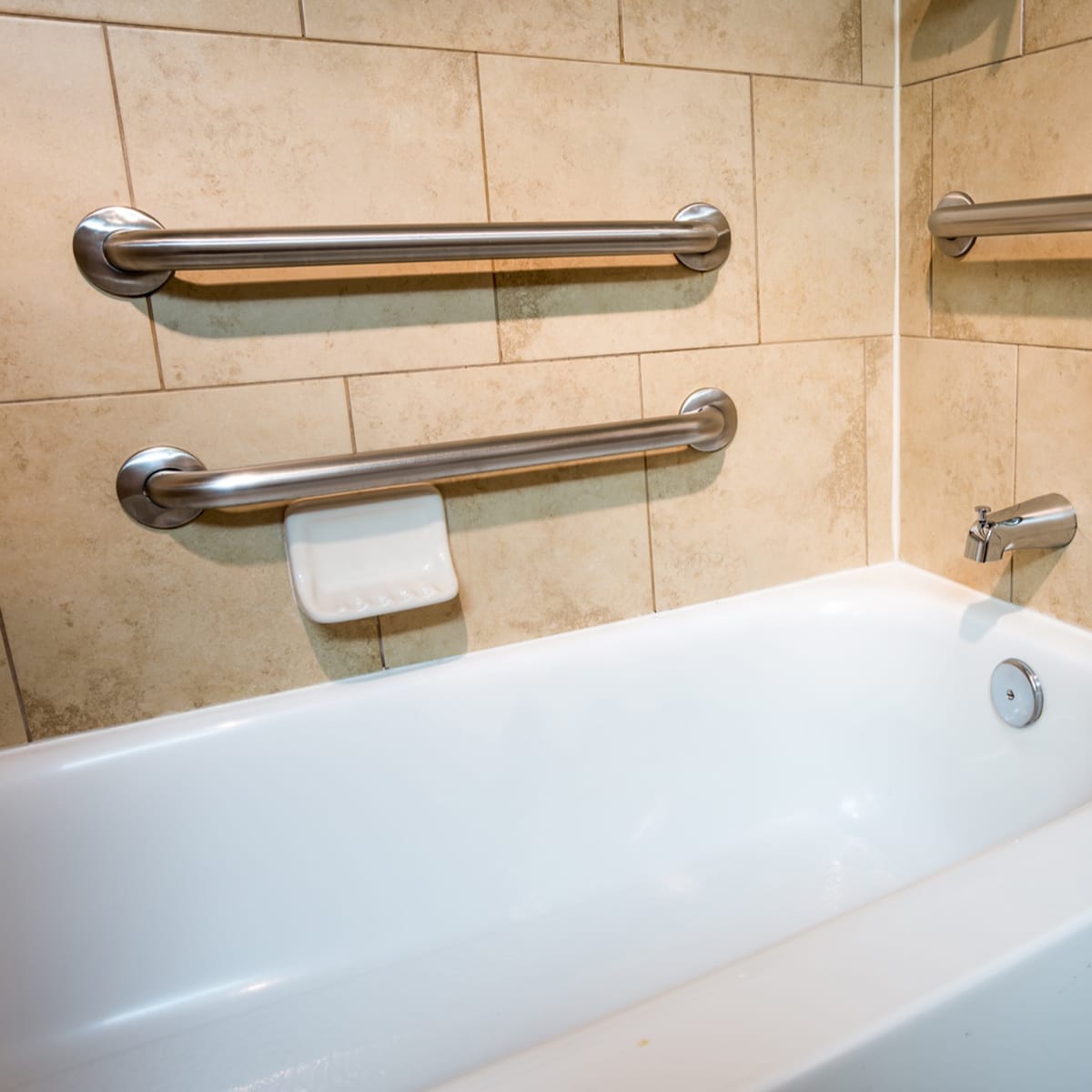
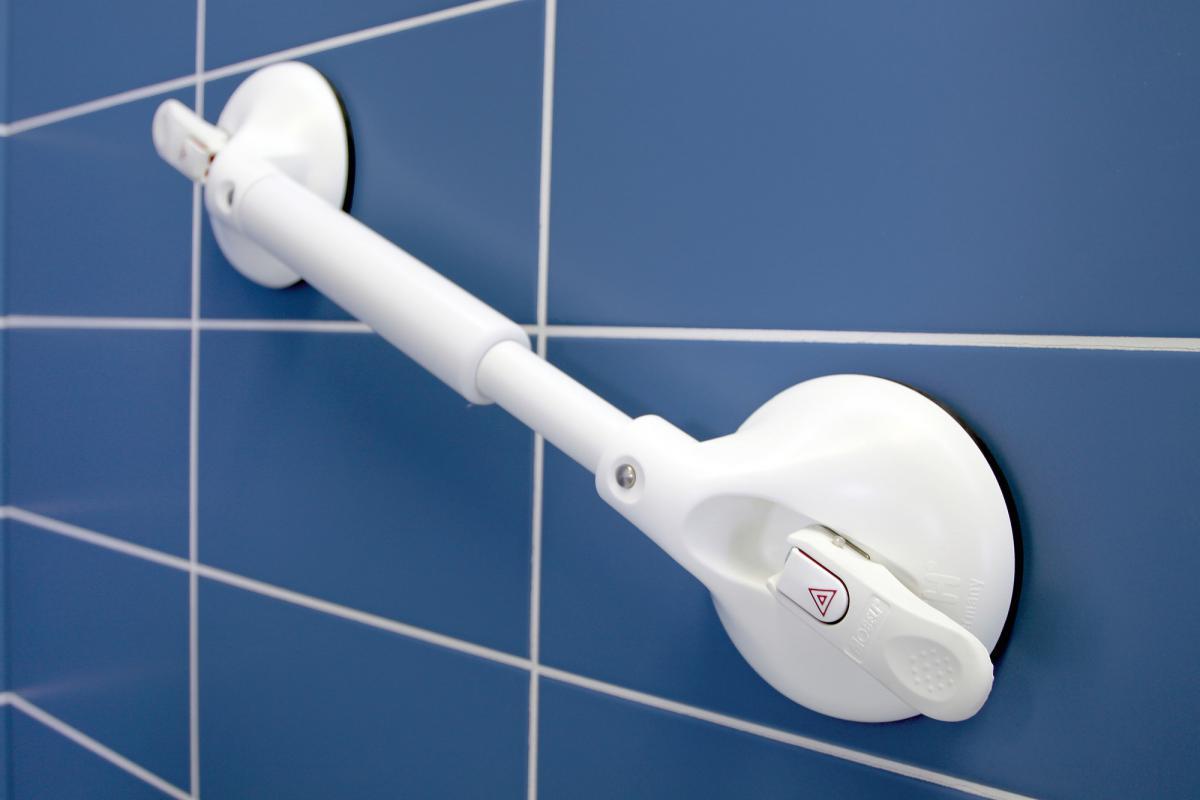
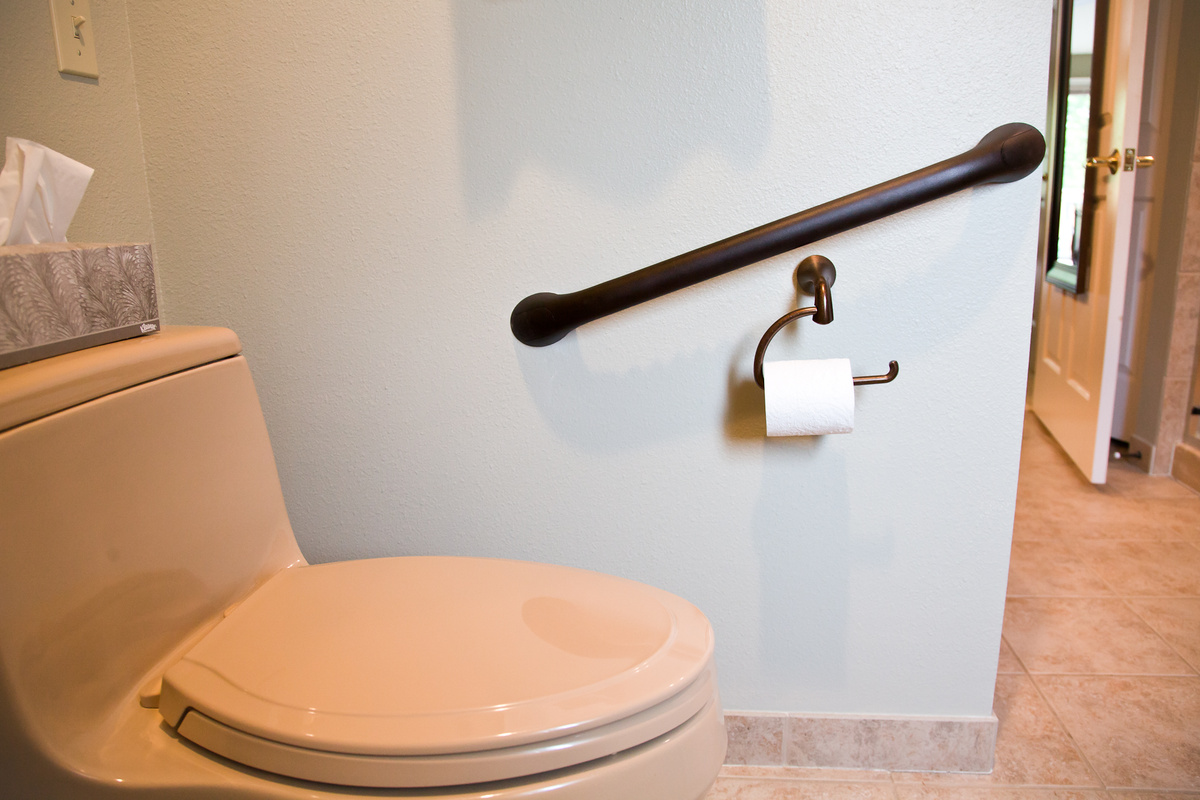
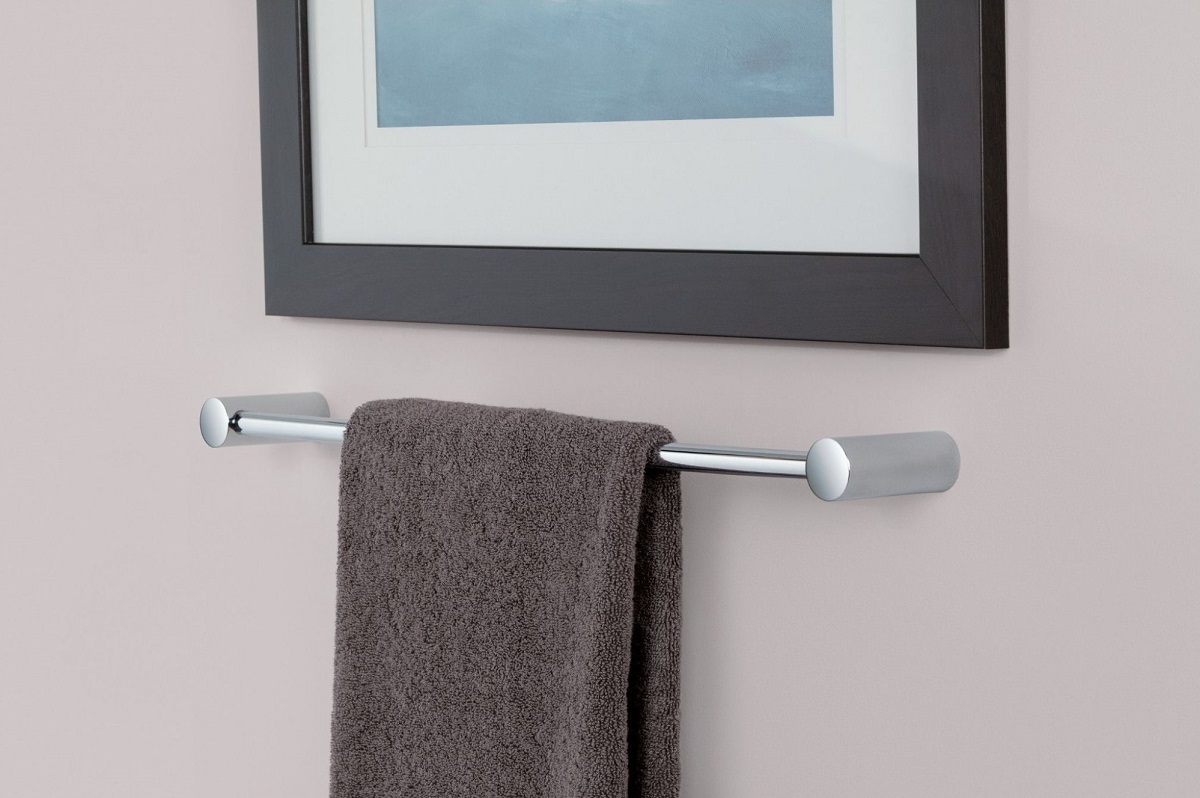
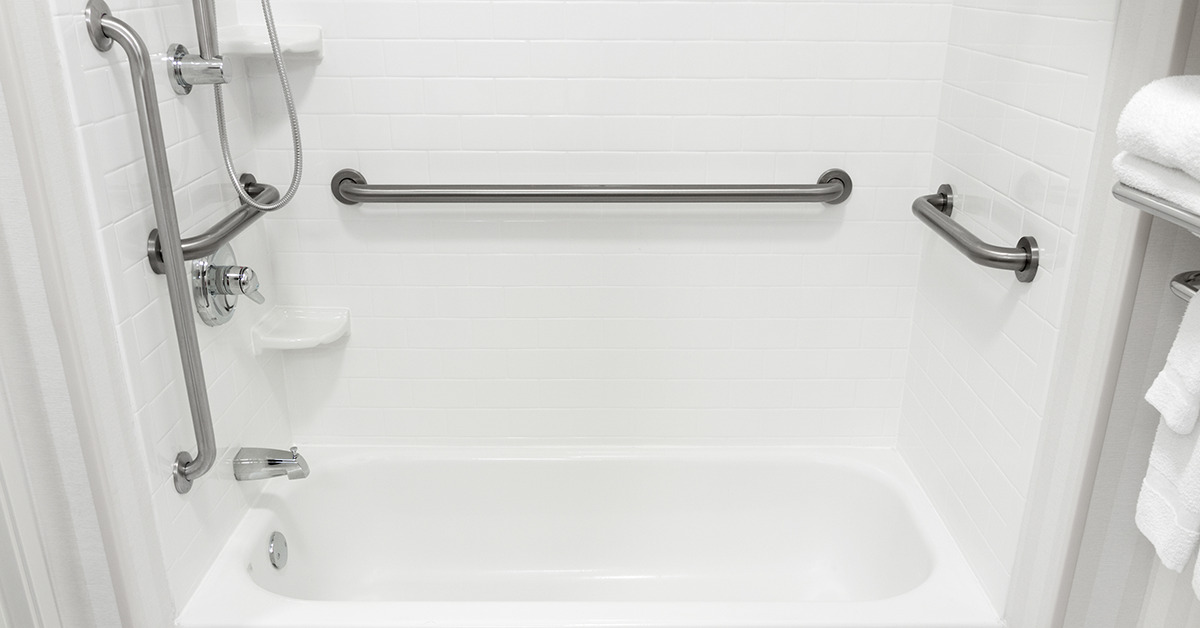

0 thoughts on “How To Install Bathroom Grab Bars”